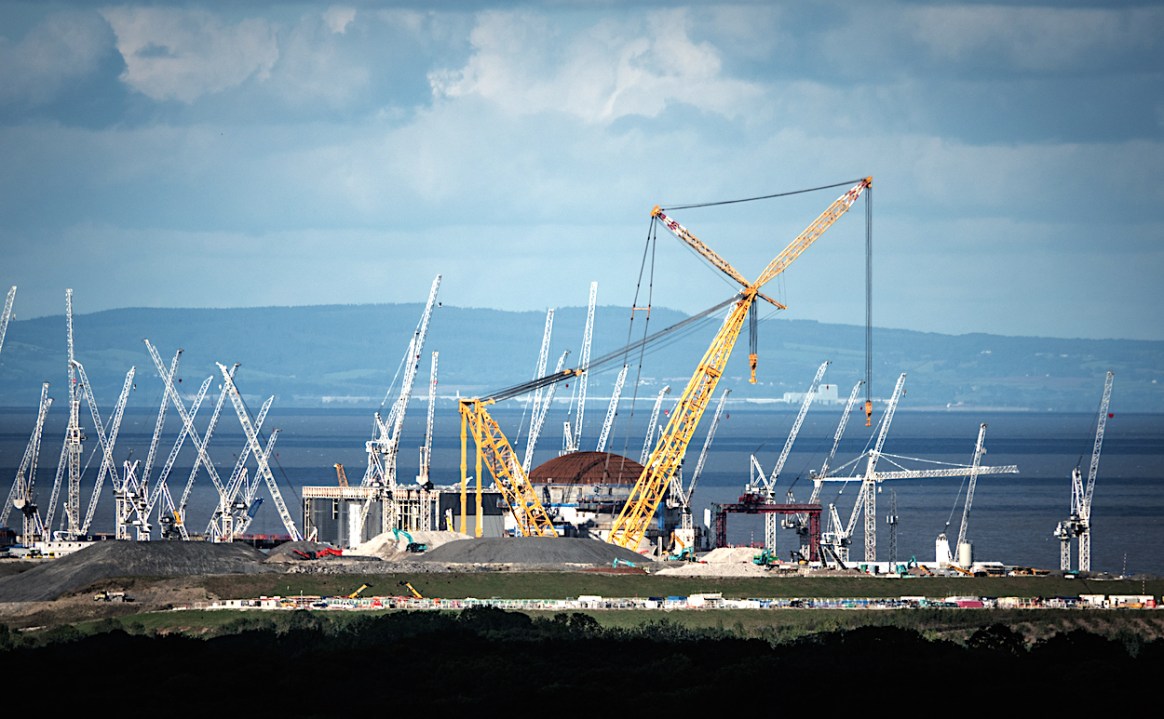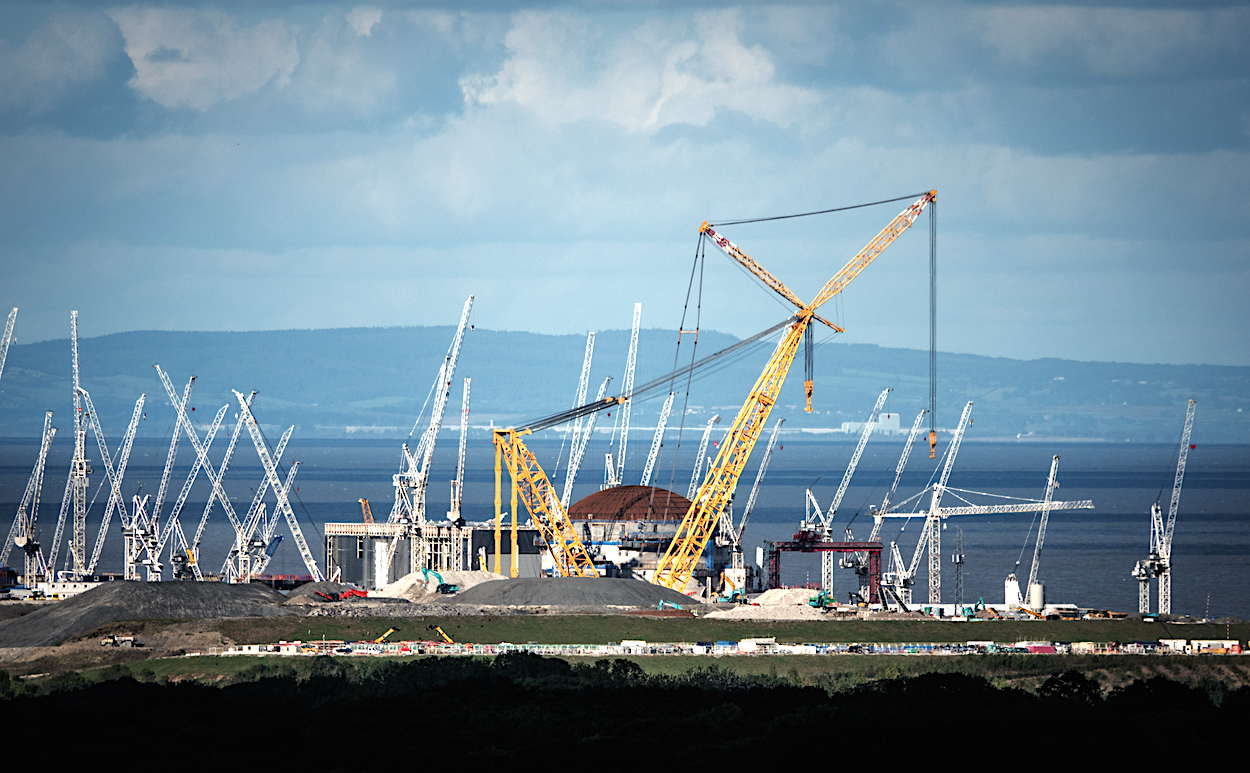If you eat a banana, you get a tiny dose of radiation. Perfectly safe. Yet Britain’s nuclear regulator once forced a proposed Anglesey nuclear power plant to redesign its filtration system to cut potential exposure by exactly that amount. The result? Months of paperwork and meetings to eliminate an amount of radiation smaller than what you’d get from 20 minutes on a plane. What didn’t follow was a new nuclear plant on Anglesey.
That is the absurdity strangling Britain’s nuclear ambitions. We have world-class engineers and a spotless safety record, but also a regulatory culture that prizes minimising non-existent risks over common sense.
Every government talks big on nuclear. Every time, nothing happens. Ed Miliband now promises a ‘golden age’ of nuclear. A few years ago, Boris Johnson pledged a new plant every year. Back in 2009, Miliband himself committed to 10 new plants. Built so far? Zero. Two are on the way.
The cost of those two plants reveals why. Hinkley Point C (HPC) is the most expensive nuclear plant in the world. Building more nuclear at £48 billion per plant is unlikely to bring bills down. Unless we fix this, Miliband’s golden age is dead on arrival.
It wasn’t always this way. In the 1990s, Britain built Sizewell B at just over £5 billion per GW of capacity adjusted for inflation. HPC is coming in at £14.7 billion per GW. Some blame HPC’s high cost on a complicated reactor design. Yet, the same design is being built in Finland for less than half the cost. South Korea, using a different design, builds new reactors for even less. Small modular reactors could cut costs further still. But unless we fix our rules, none of it will matter.
Our safety regulations are not just tough, they are uniquely, self-defeatingly tough. Korea, Finland, and France all have safety records as good as our own. Britain is a world-leader in nuclear regulation in the same way we are a world leader in ‘online safety’. We impose costly changes on companies that few other countries could even fathom.
This week though, the government-commissioned Nuclear Regulatory Taskforce finally said what has been obvious for a long time: our system is slow, duplicative, over-complex, and throttling ambition. Their interim report calls for streamlined planning, cutting duplication between agencies, modernising site rules, approving fleets of identical plants, aligning with trusted foreign regulators, and swapping box-ticking for proportionate, timely decision-making.
One big problem is an acronym from health and safety legislation: Alarp, or ‘as low as reasonably practicable’. In theory, it means reducing risks so long as it is not excessively costly to do so, erring on the side of safety. In practice, it means requiring expensive reactor redesigns to prevent a banana’s worth of radiation. It is quite literally a case of health and safety gone mad.
Some fixes can start now. The taskforce says ministers should issue a formal ‘steer’ on nuclear safety policy. That is Whitehall-speak for ministers making up their bloody minds and giving their civil servants a kick up the arse. To break the cycle, we need ministers who are clear on the goal and officials willing and able to deliver it.
Myths about the unique dangers of radiation abound. Few want to say we should accept a tiny bit more radiation to save money. Even when the extra radiation we are discussing is the same as spending a couple of hours in Cornwall, which naturally has slightly higher background radiation than the rest of Britain. Caring about safety is seen as virtuous. Caring about the cost of building infrastructure is seen as miserly. Yet when millions of Brits struggle to pay their energy bills, few things are more virtuous than caring about the things that make them so high and doing something about it.
We can have clean, cheap, secure energy not dependent on either foreign dictators or the weather. Or we can keep paying billions for bananas decisions.








Comments